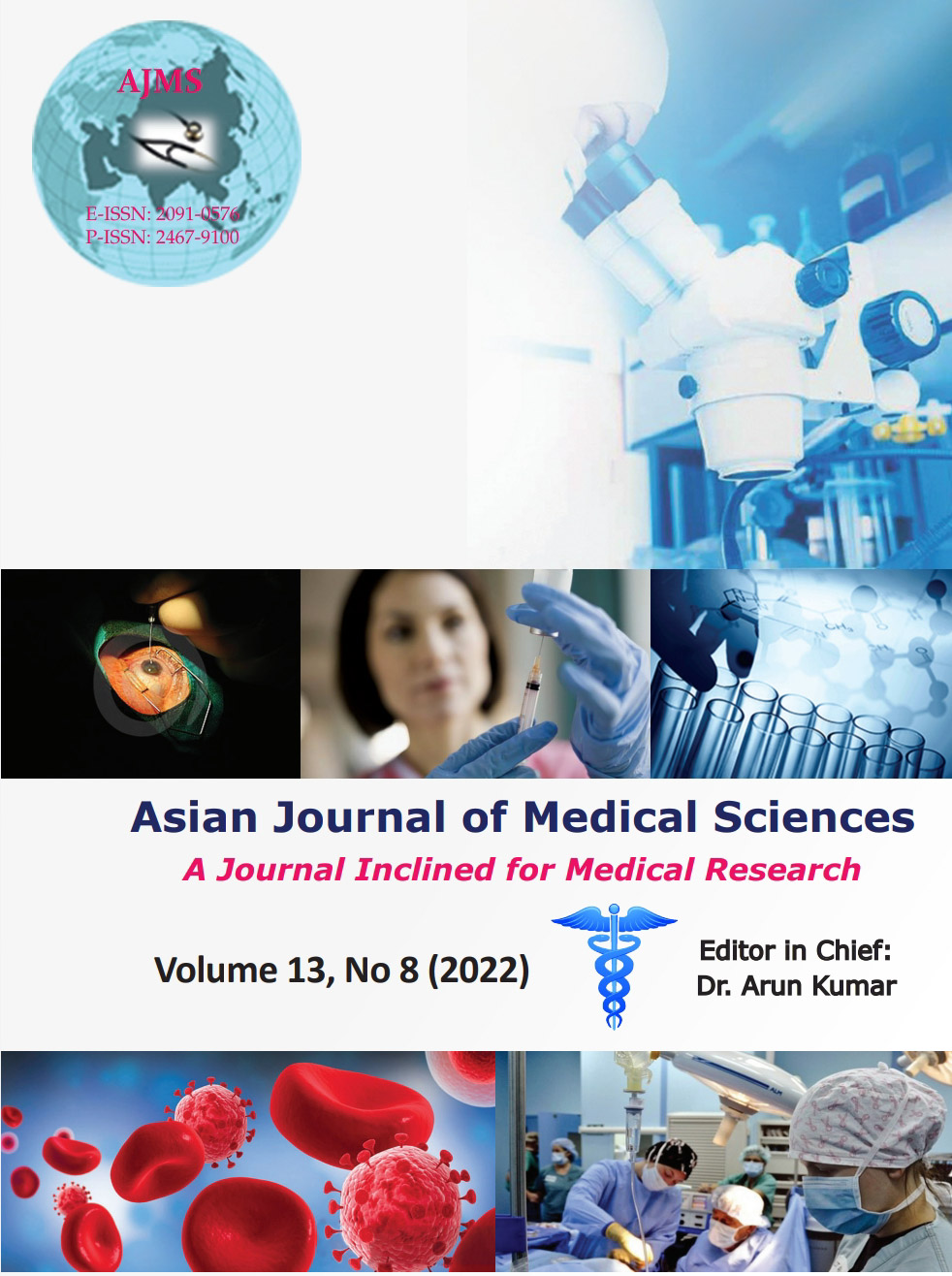Study the association of the cardiac risk indices and high sensitive C-reactive protein for Type 2 diabetes patients in tertiary care hospital, Puducherry
Keywords:
Diabetes mellitus; Cardiac risk indices; High-sensitive C-reactive protein; Cardiovascular disease; DyslipidemiaAbstract
Background: Diabetes mellitus (DM) is a metabolic disorder with hyperglycemia. Dyslipidemia associated with DM patient and contributing to atherovascular events and increases the likelihood of cardiovascular disease (CVD) in future. Measurement of inflammatory marker like hs-CRP will improve the prediction of the risk of these events. This study aimed to assess the cardiac risk indices and determine their association with hs-CRP in diabetic patients.
Aims and Objectives: This study is aimed to assess the association of the cardiac risk indices and hs-CRP in diabetic patients.
Materials and Methods: This study included each 125 subjects of Type 2 diabetic patients and healthy control. The anthropometric parameters (BMI and WHR) and blood parameters such as fasting glucose, glycosylated hemoglobin (HbA1c), lipid profile (total cholesterol, TGL, HDL, and LDL), hs-CRP, and microalbumin were measured. Cardiac risk indices calculated from lipid profile.
Results: High cardiac risk indices were observed in diabetic subjects. The cardiac risk indices were showed that significant positive correlation with BMI, fasting sugar, HbA1c, total cholesterol, TGL, LDL and HDL shows negative correlation. Furthermore, hs-CRP and microalbumin showed significant positive correlation with cardiac risk indices in Type 2 DM patients.
Conclusion: The increased in values of cardiac risk indices in diabetic patients shows increasing the susceptibility of CVD in these patients in future. The correlation of indices values with hs-CRP (inflammatory marker)shows the direct association of inflammation with CVD risks in Type 2 DM patients. Screening of these indices among diabetic patients will help the propensity of future development of CVD which can be arrested by encouragement of healthy lifestyle.
Downloads
Downloads
Published
How to Cite
Issue
Section
License
Copyright (c) 2022 Asian Journal of Medical Sciences

This work is licensed under a Creative Commons Attribution-NonCommercial 4.0 International License.
Authors who publish with this journal agree to the following terms:
- The journal holds copyright and publishes the work under a Creative Commons CC-BY-NC license that permits use, distribution and reprduction in any medium, provided the original work is properly cited and is not used for commercial purposes. The journal should be recognised as the original publisher of this work.
- Authors are able to enter into separate, additional contractual arrangements for the non-exclusive distribution of the journal's published version of the work (e.g., post it to an institutional repository or publish it in a book), with an acknowledgement of its initial publication in this journal.
- Authors are permitted and encouraged to post their work online (e.g., in institutional repositories or on their website) prior to and during the submission process, as it can lead to productive exchanges, as well as earlier and greater citation of published work (See The Effect of Open Access).




